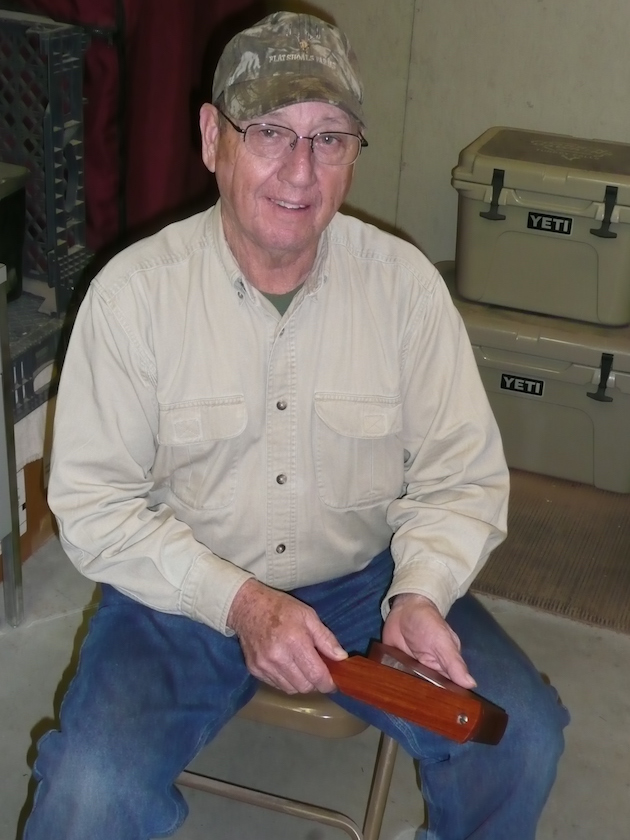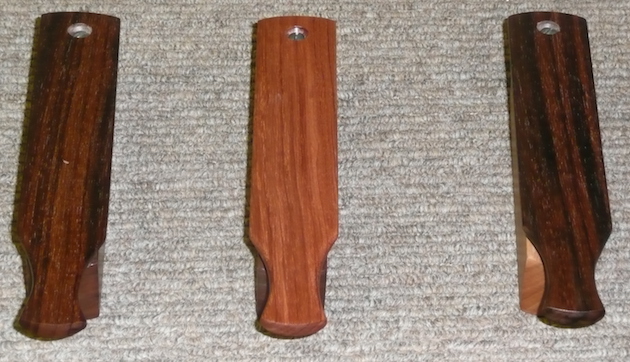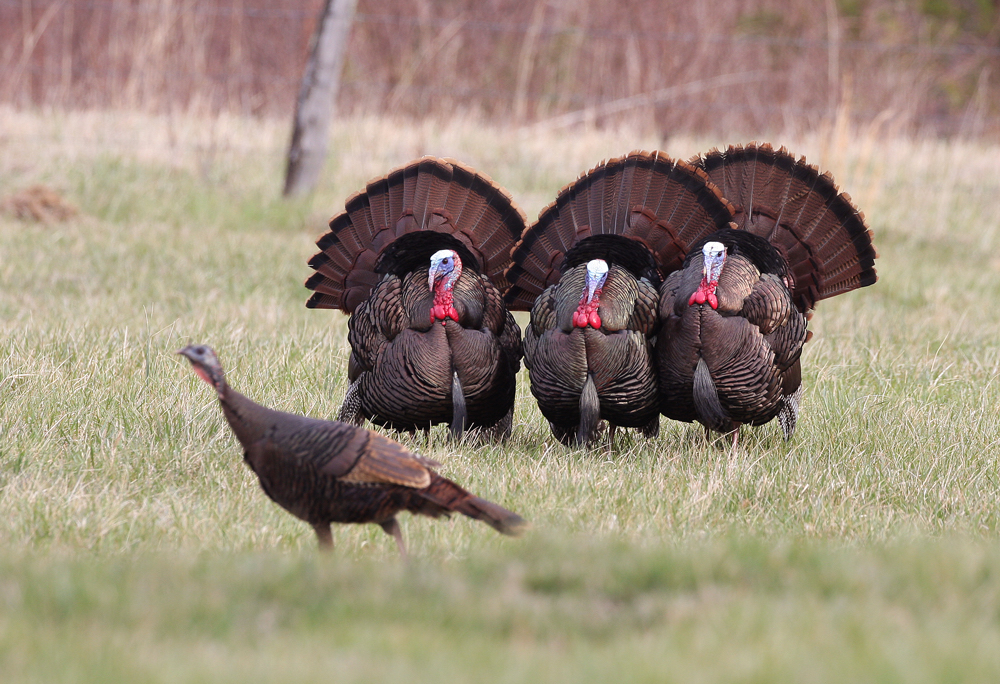When it comes to turkey calls, the oft-quoted words from Ecclesiastes suggesting “there’s nothing new under the sun” pretty much holds true. Sure, every year sees a welter of new call designs, often with the sort of catchy names that keep paychecks coming to folks on the promotional end of things, but as a rule these “breakthroughs” lure more hunters than they do gobblers.
After all, there are finite ways to replicate turkey sounds, and broken down to the basics there are only a few types of calls—suction yelpers, box calls, pot calls (slates), tube calls, and diaphragms. Sure, this quintet comes in enough configurations and with a myriad of design differences sufficient to confuse a highly experienced patent attorney. Yet if you check actual patents issued for turkey calls (as I have done) you’ll find surprisingly few designs the powers that be in the U.S. Patent Office felt were sufficiently distinctive or innovative to garner formal recognition.
Every so often, though, a callmaker, possibly through blind luck, perhaps through trial and error, but more likely thanks to skillful craftsmanship and the special sort of genius involved in the production of custom calls, comes up with something truly novel and noteworthy.
For example, my late friend Larry Hearn actually developed two breakthroughs with a single box call. One involved an adjustable lid he called a “dial tone” that allowed on-the-spot alterations of sound; the second feature was a scalloped lid enabling the user to make first-rate purrs with foolproof consistency.
More recently, a man who is a skilled custom callmaker, hunting buddy, neighbor, and all-around boon companion, Darrin Dawkins, gave me a phone call. As is our wont, we talked about various topics related to hunting. Soon enough, though, our conversation turned to a mutual friend who is likewise a long-established builder of top-drawer turkey calls, Lamar Williams.

Lamar Williams with a new call design he invented.
“Lamar’s coming up to visit in a few days,” Darrin said, “and he wants to talk to you about a new box call he’s come up with. Why don’t you come over and sip a little soothing syrup, and I’ll cook us a Low Country boil. You can talk to him about his call, listen to it, and see what you think. For my part, though, it is sure enough sweet.”
An innovation of that sort, particularly given the fact that Darrin is a cook of the first order, isn’t to be treated lightly.
As if he needed to sweeten the pot, Darrin then mentioned a comment on the new call from a mutual friend and one of the finest turkey hunters I know, East Tennessean Larry Proffitt. When it comes to being ravaged by turkey fever to the greatest degree imaginable, I don’t think I’ve ever met anyone in Larry’s class. He also happens to be a serious call collector, have an exceptional ear for turkey sounds, and a rare ability to use a wide variety of calls. The fact that he judges the National Wild Turkey Federation’s national calling competition year after year says a lot about his savvy when it comes to the music made by those wonderful instruments of deceit we know as turkey calls. Darrin indicated that Larry’s reaction to Lamar’s new box calls pretty much said it all. When Proffitt heard one, he enthused, “Now that box has sure enough got hen in it.”
That build-up, along with a telephone conversation with Williams, had me chomping at the bit. After all, he had been one of a quartet of callmakers (the others were Dawkins, Albert Paul, and Billy Buice) who years ago made a special limited-edition set of 25 calls—a long box, slate, regular box, and suction yelper—for Sporting Classics. This came shortly after one of the magazine’s founders and a fixture in the sporting world who was a relative newcomer to turkey hunting, Art Carter, had conceived the idea. Sadly, Art died tragically before he could see the concept through to fruition. As someone who had been hunting the big birds a long time and knew the sport and its craftsmen well, and as a longtime fixture at the magazine, it was my honor to see the limited edition through to completion. It also meant that I already had first-hand knowledge of Williams’ work and realized that anything which had him excited had to be pretty darn special.
Simply put, such is the case. His new box call has several distinctive features which set it apart—the dimensions are a departure from normal straight-walled boxes like traditional Turpin yelpers, it is crafted so the paddle can be “rocked” to produce tonal changes, and its ease of running is a real plus. But what really gives the box its cachet is the sound.
According to Williams, he had experimented extensively, even exhaustively, with various Lynch-box-style calls and different woods until his “eureka” moment eventually came. It involved the right combination of paddle angle and call thickness, some extra maneuverability with the lid, and lots of fine tuning.
“I would run the call and listen,” Williams said, “make an adjustment, and run it again. Finally, I reached the point where I was happy.”

Williams tweaked his design numerous times to reach this version.
Like most callmakers of his level of acumen and experience, Williams still isn’t totally satisfied. He continues to try new woods for both the box and the paddle, but he is comfortable with what he has in terms of basic style, dimensions, and call configuration.
“I realize,” he said, “that once I have a fair number of these calls in hunters’ hands, someone is going to start copying the distinctive touches that set this call apart. That’s just a reality of the custom-callmaking business.”
Williams isn’t overly worried about copycats. After all, he has a long-standing and solid reputation in the field, but he does, understandably, hope that he will be given due credit for what he considers a career breakthrough. (And as someone who has fooled with calls for decades, I would have to agree.) I guess you could say that this coverage is a step in that direction.
Williams’ current plans involve crafting 15 to 25 of the calls, in a numbered series, each year. He is also working on writing an owner’s manual to provide detailed instructions on how to run the call in the most effective fashion.
The English poet John Keats once suggested a “thing of beauty is a joy forever.” That holds true for Williams’ delightfully different and distinctive boxes on two fronts—they are definitely appealing to the eye, but it is how they sound to the ear that forms their quintessential “beauty.”

